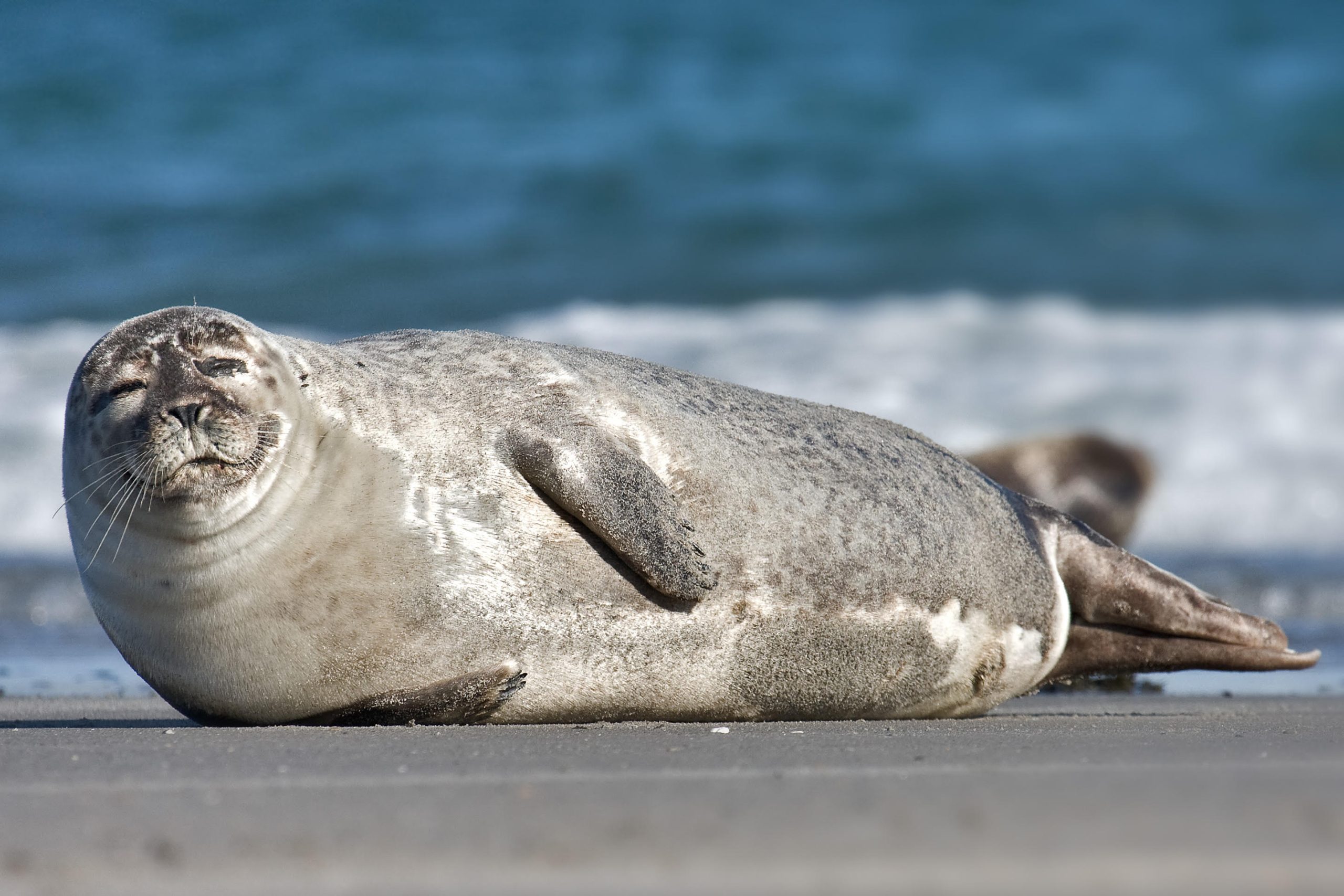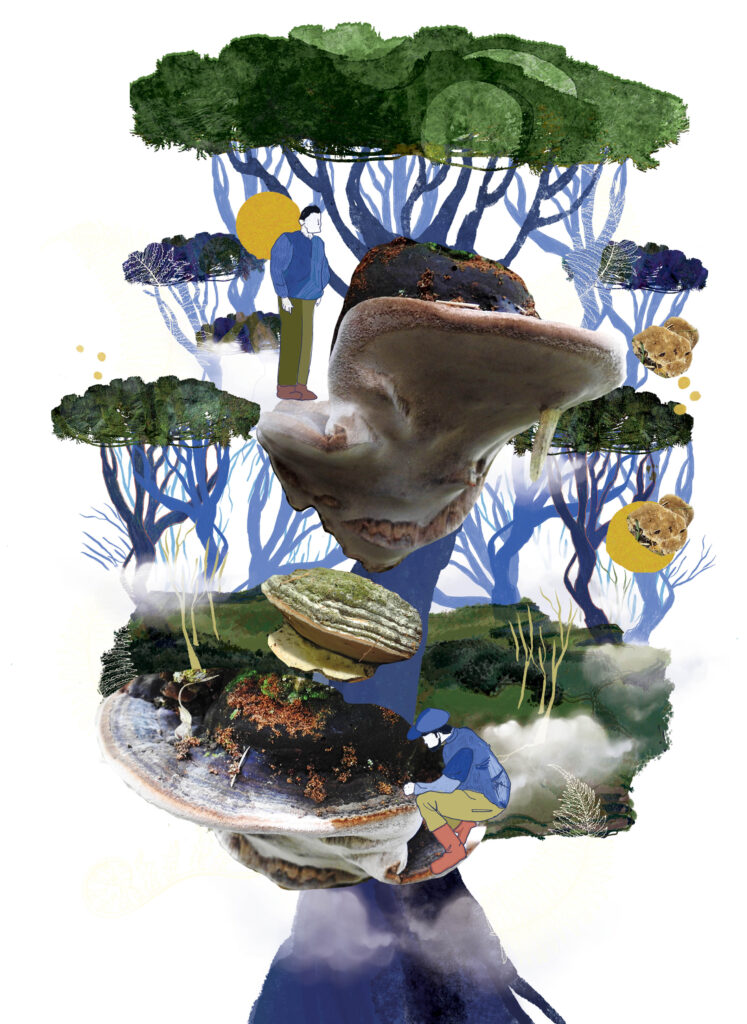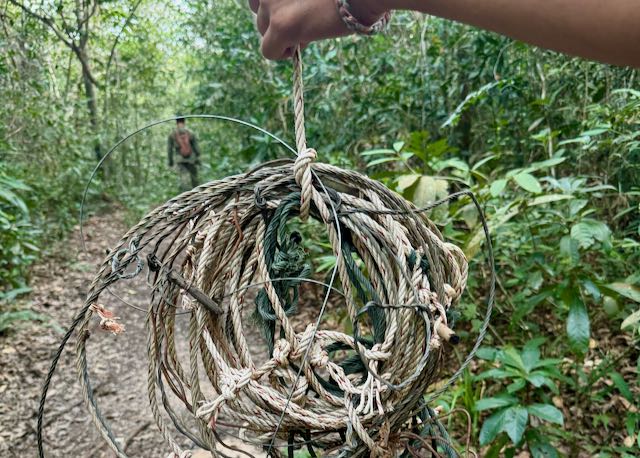Southern California, USA: It’s midday in July. Looking down at Children’s Pool Beach in San Diego, I begin my daily count: 98 humans, 1 off-leash dog, and one harbour seal. Fortunately, the dog keeps its distance, but the humans do not, creeping close to take photos of the solitary seal.
This is the only seal I see all month.
Harbour seals are protected under the Marine Mammal Protection Act (MMPA), which prohibits disturbance. Hunting of marine mammals has drastically declined since the passing of the act in 1972, but other sources of significant human disturbance, such as ecotourism, persist.
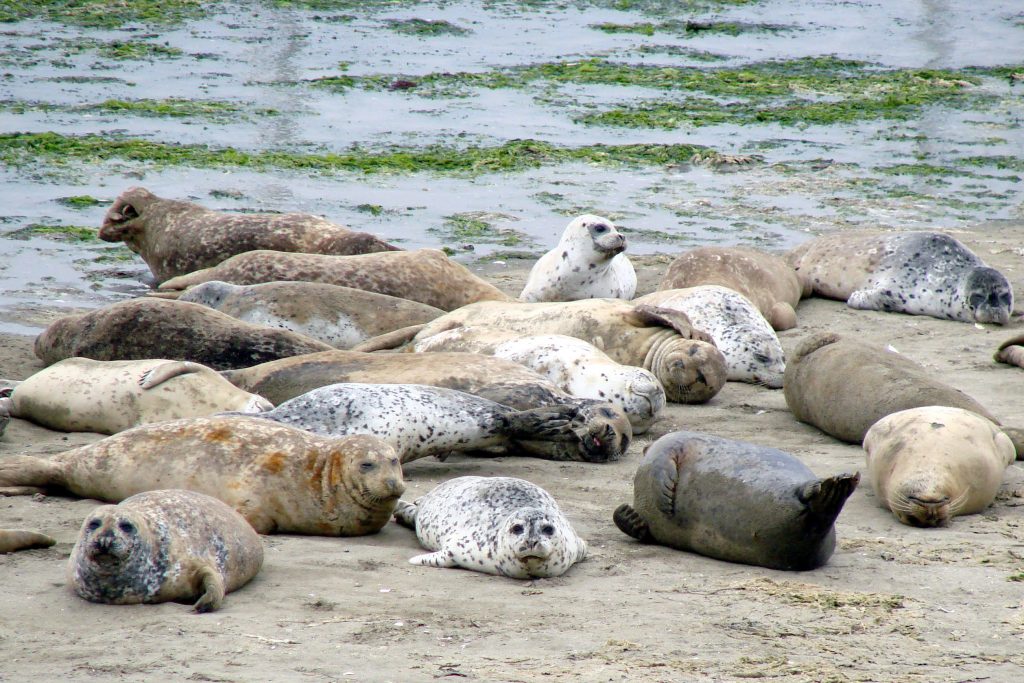
Human disturbances can be quite detrimental to harbour seal populations, interrupting natural behavioural patterns. One of these behaviours is hauling-out: essentially just leaving the water for the land. Like all pinnipeds, harbour seals haul-out, and they do this year-round to reproduce, rest, avoid predators, and regulate body temperatures.
In California, the harbour seal’s behavioural need to haul-out on land year-round can become a catalyst for human-wildlife conflict over shoreline usage. One striking example of this is Children’s Pool beach in San Diego, California. This is an artificial beach that was constructed in the 1930s as a safe, sheltered area for children to swim in the ocean. By the 1990s, rebounding harbour seal populations began to use the sheltered beach as a rookery and haul-out area. Since then, Children’s Pool has become a significant source of conflict surrounding who should be allowed to use the space: humans, harbour seals, or both.
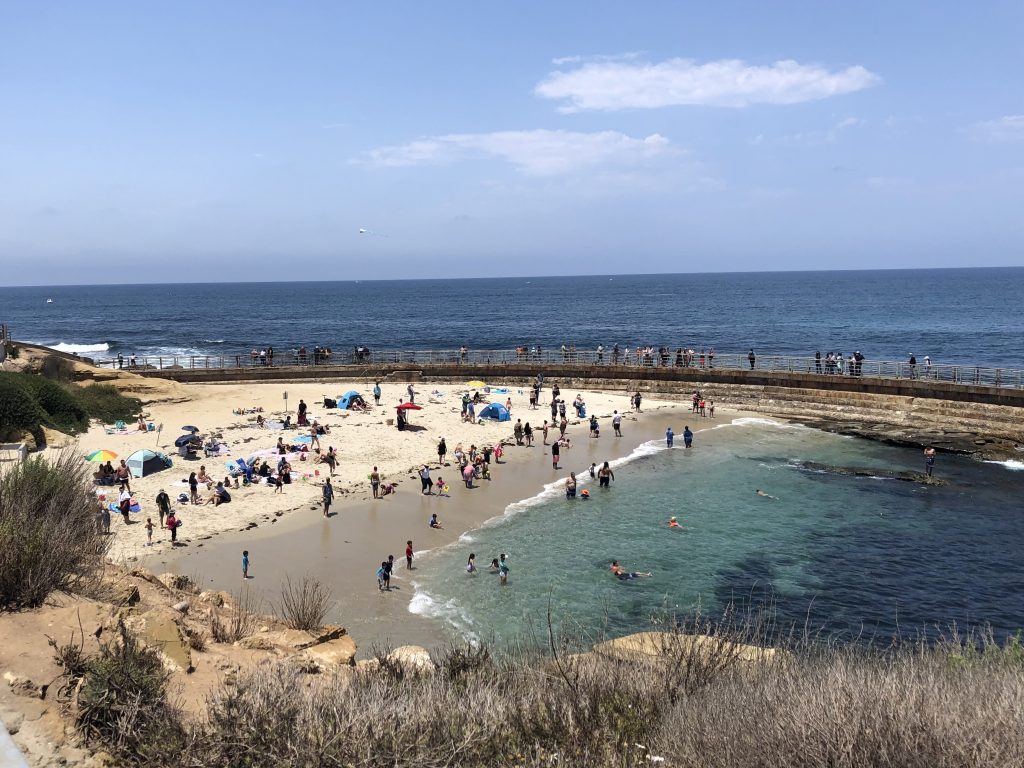
Rules and regulations surrounding Children’s Pool have changed over the years, but currently, the beach is closed to the public during the pupping season from 15th December to 15th May, and is open to the public the rest of the year. While this is a significant step in protecting harbour seals from disturbance during the winter and spring, Children’s Pool is used as a haul-out site year-round. The Seal Conservancy, a local nonprofit, has monthly counts of seals in the past nine years listed as high as 285 in May 2016, and as low as zero during some summer months in certain years. As part of my graduate studies, I wanted to learn more about how human presence impacted harbour seal haul-out behaviour.
Growing up in San Diego, I would see harbour seals at Children’s Pool Beach every time I visited. But while researching human impacts on these seals, I found almost none. I tried conducting observations at different times of day, different tides, different air temperatures and weather, but had little success.
Were the seals shifting their schedules to avoid humans entirely? Harbour seals in Washington state have been shown to shift their haul-out times to nighttime in June and July, since the beach is most crowded with humans during the daytime in those months. San Diego, California, is a major tourist destination, and July is by far our busiest month. Were the seals off foraging elsewhere, hauling out nearby instead of their usual spot? Was the human presence on the beach so overwhelming that it was too late to study its small-scale impacts on individual seals? After all these years, why do people insist on using this beach when there are so many other options? I left the beach with more questions than answers.
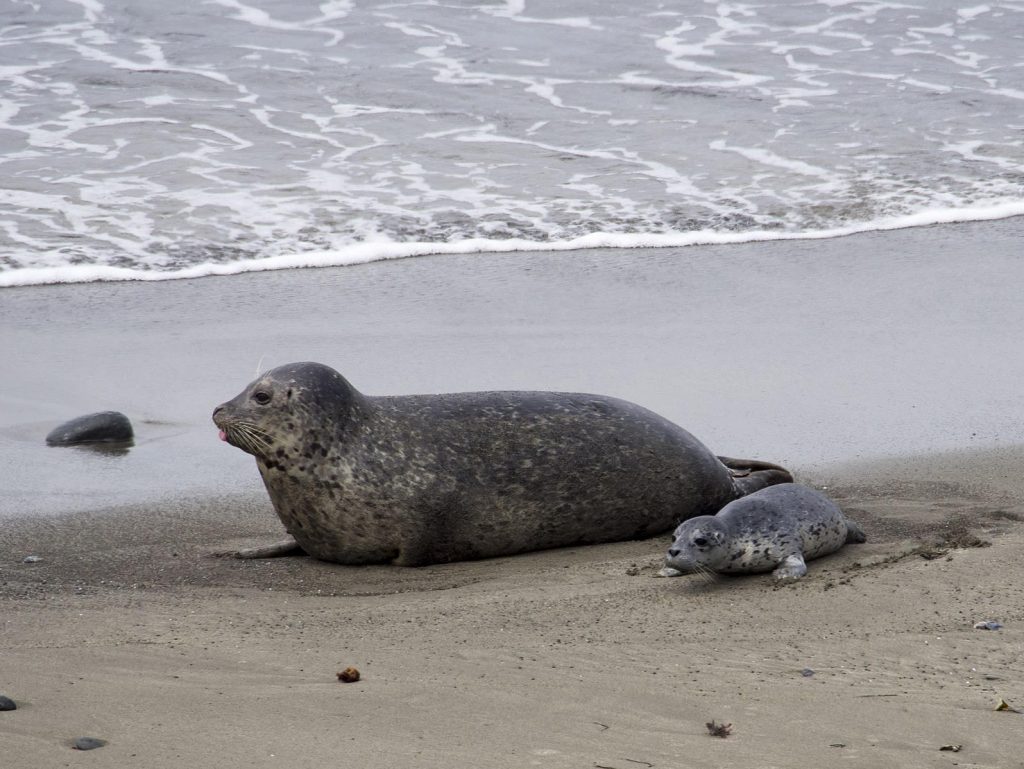
Just this year, a seasonal beach closure has been initiated for a nearby beach, Point La Jolla, which serves as an important pupping site for another marine mammal: the California sea lion. For the next seven years, this beach will be closed to the public from 1 st May to 31 st October, which is when California sea lions raise their pups on shore. In both cases, the MMPA has outlawed disturbance for decades, but a lack of enforcement has led to a lack of compliance. I hope that in the coming years, someone such as a park ranger could be stationed at these beaches to encourage guests to give seals and sea lions space, even when the beach is open.
This winter, the seals returned. With the beach closed to the public, they congregated to haul-out and care for the year’s pups. On May 15th , the ropes will come down and beachgoers will be back to sunbathe, swim, and take photos of seals, hopefully with no loose dogs in tow. I’ll be back too, ready to study the animals that eluded me last year.
